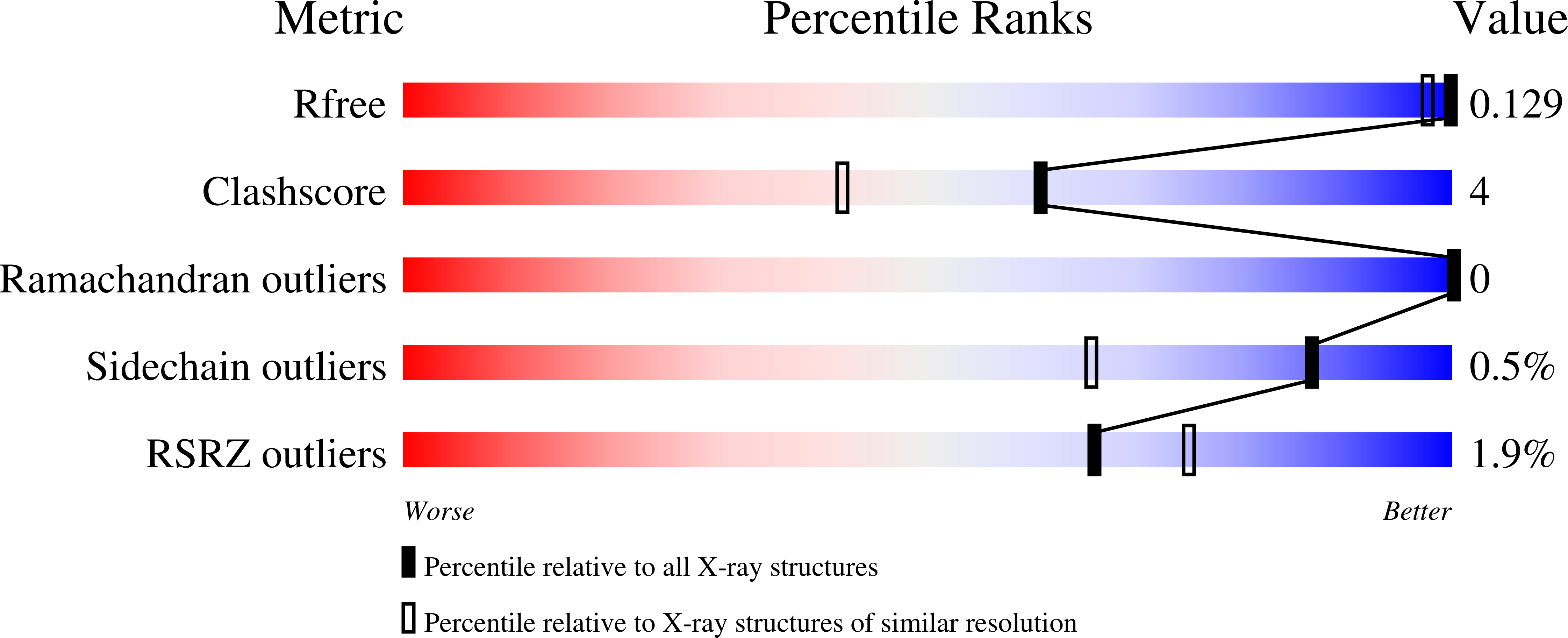
Deposition Date
2024-12-04
Release Date
2025-10-01
Last Version Date
2025-10-01
Entry Detail
PDB ID:
9HL5
Keywords:
Title:
Crystal structure of halo-tolerant PETase from marine metagenome (HaloPETase1)
Biological Source:
Source Organism:
uncultured bacterium (Taxon ID: 77133)
Host Organism:
Method Details:
Experimental Method:
Resolution:
1.16 Å
R-Value Free:
0.12
R-Value Work:
0.10
R-Value Observed:
0.11
Space Group:
P 21 21 21


